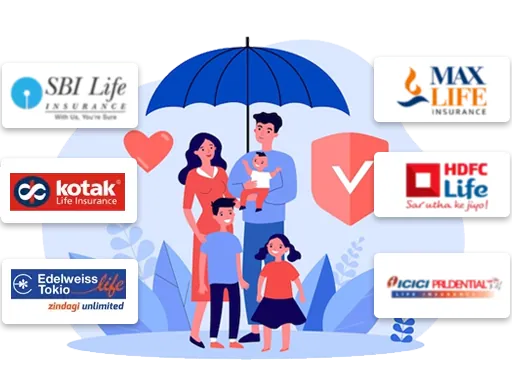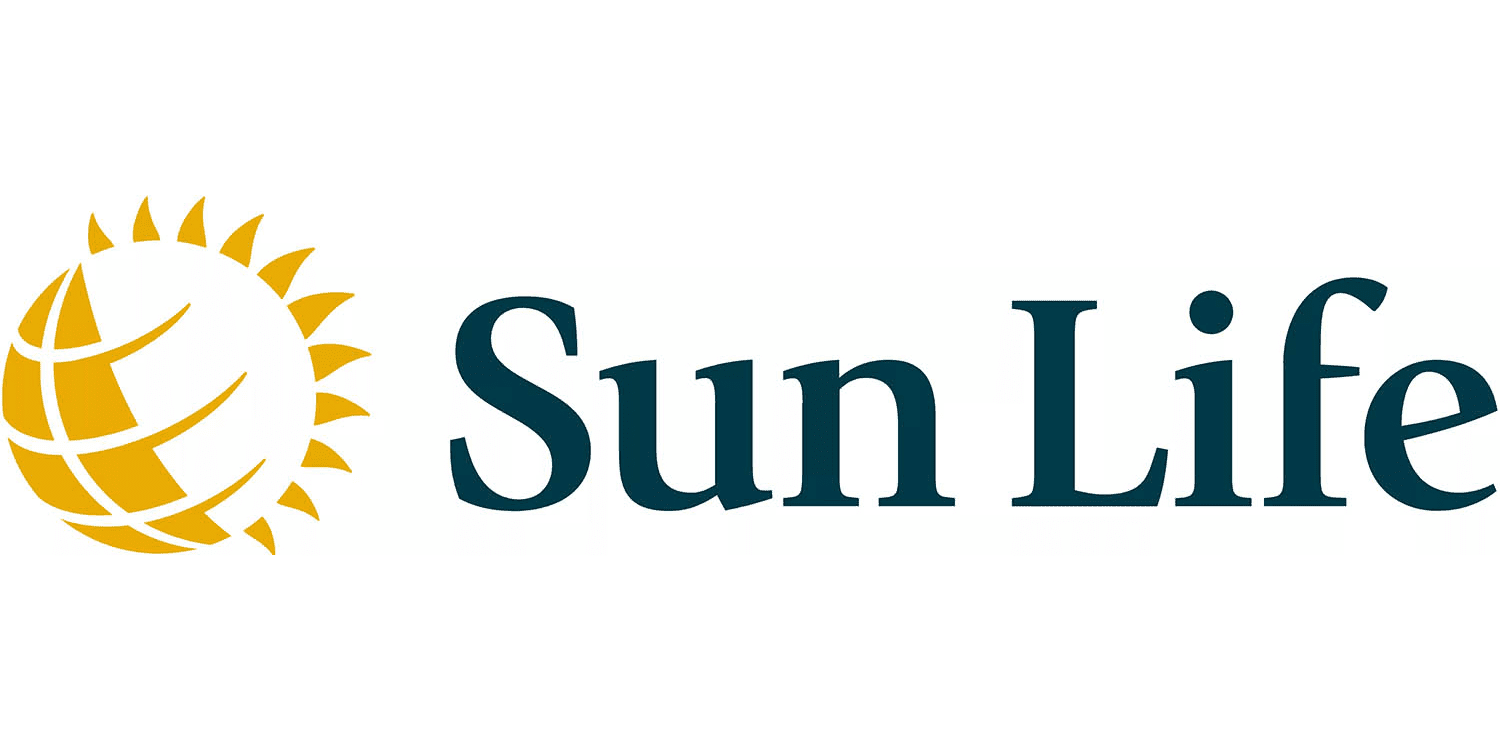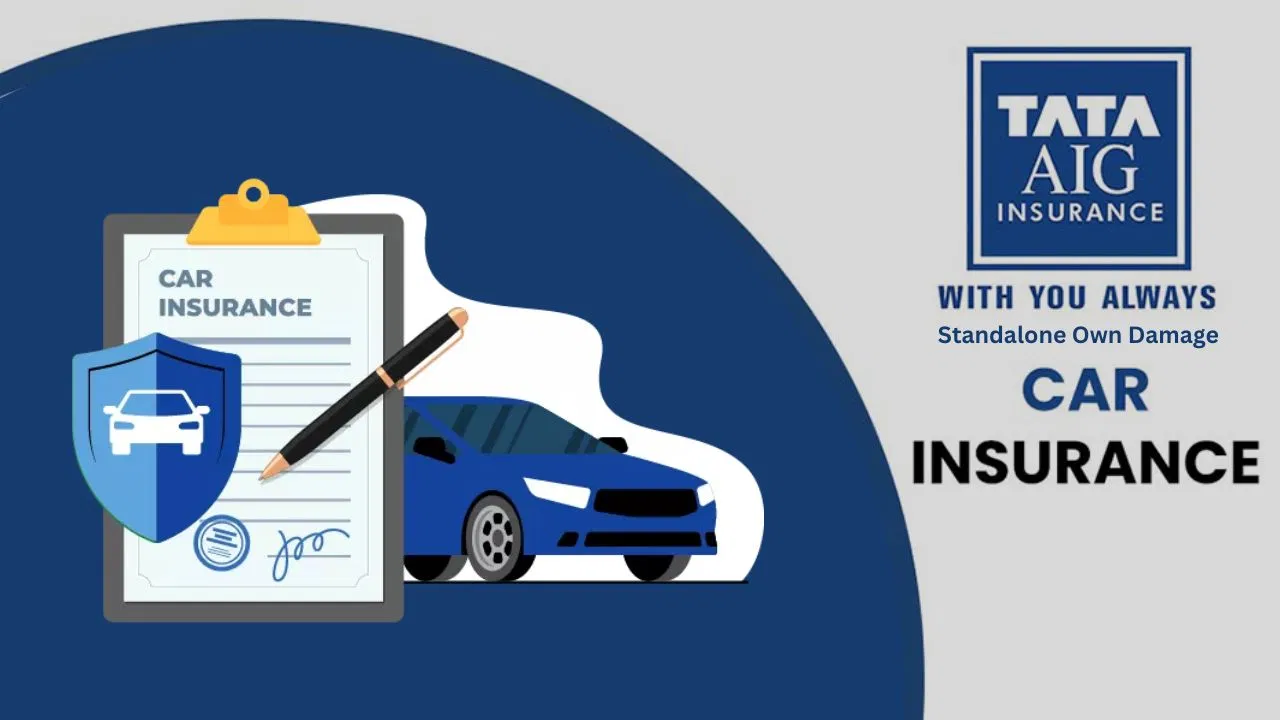A Detailed Guide to Variable Life Insurance
Variable life insurance (VLI) is a type of permanent life insurance that combines death benefit protection with an investment component. This guide explores the features, benefits, drawbacks, and considerations of variable life insurance to help you make an informed decision.

Table of Contents
Sun Life Insurance Claim: A Comprehensive Guide 2024
Sun Life Insurance Claim: A Comprehensive Guide 2024 Navigating the process of filing an insurance c…
Professional Liability Insurance: Best Guide 2024
A Comprehensive Guide to Professional Liability Insurance (Errors & Omissions) Professional liab…
Understanding TATA AIG Insurance: A Comprehensive Guide 2024
Regarding securing the future, nothing stands out quite like insurance. It’s the comforting cushion …
Understanding Ladder Life Insurance 2024: Climbing the Rungs of Financial Security
Ladder Life Insurance: When it comes to securing your financial future and providing for your loved …
Best Guide to Motorcycle Insurance 2024
A Comprehensive Guide to Motorcycle Insurance Motorcycle insurance is essential for protecting rider…
Allstate Car Insurance: Comprehensive Coverage and Benefits 2024
Allstate Car Insurance, one of the largest insurance providers in the United States, offers a range …
What is Variable Life Insurance?
Variable life insurance is a form of permanent life insurance that offers a death benefit and a cash value component, which can be invested in a variety of investment options such as stocks, bonds, and mutual funds. The performance of these investments determines the growth of the cash value, providing the potential for significant gains or losses.
Key Features of Variable Life Insurance
- Investment Options: Policyholders can choose from a range of investment options for the cash value, including stocks, bonds, and mutual funds.
- Flexible Premiums: Depending on the policy, premiums may be flexible, allowing policyholders to adjust their payments.
- Adjustable Death Benefit: The death benefit can be adjusted (subject to insurability) to meet changing needs.
- Cash Value Accumulation: The cash value grows based on the performance of the chosen investments.
- Lifelong Coverage: As long as premiums are paid, the policy provides lifelong protection.
Benefits of Variable Life Insurance
Variable life insurance offers numerous benefits, making it an attractive option for many individuals:
- Investment Potential: The ability to invest in various options allows for potential higher cash value growth compared to other types of life insurance.
- Flexible Premiums: Some VLI policies offer flexible premiums, providing financial flexibility.
- Tax Advantages: The cash value grows tax-deferred, and the death benefit is generally tax-free for beneficiaries.
- Policy Loans: Policyholders can borrow against the cash value without incurring taxes, offering a source of liquidity.
- Lifelong Coverage: As long as premiums are paid, the policy provides lifelong protection.
Drawbacks of Variable Life Insurance
Despite its advantages, variable life insurance also has some drawbacks:
- Investment Risk: The cash value is subject to investment risk, and poor performance can negatively impact the policy’s value and coverage.
- Complexity: VLI policies can be more complex to understand compared to term or whole life insurance.
- Higher Costs: VLI policies often have higher fees and charges compared to other types of life insurance.
- Market Volatility: Market fluctuations can lead to significant variations in cash value and death benefit amounts.
Factors Affecting Variable Life Insurance Premiums
Several factors influence the cost of variable life insurance premiums:
- Age: Younger individuals typically pay lower premiums, as they are considered lower risk.
- Health: Medical history and current health status play significant roles in determining premiums. Healthier individuals usually pay lower premiums.
- Gender: Women often pay lower premiums than men due to longer life expectancies.
- Coverage Amount: Higher death benefit amounts lead to higher premiums.
- Investment Choices: The chosen investment options can affect the cash value growth and overall policy costs.
- Lifestyle: Risky behaviors, such as smoking or participating in hazardous activities, can increase premiums.
- Riders: Adding riders or additional benefits to the policy can increase premiums.
How to Choose the Right Variable Life Insurance Policy
Selecting the right variable life insurance policy involves careful consideration of several factors:
- Assess Your Needs: Determine your financial goals, coverage needs, and budget to choose the appropriate policy.
- Compare Policies: Obtain quotes from multiple insurers to compare premiums, policy features, and benefits.
- Understand Investment Options: Evaluate the available investment options and their potential risks and returns.
- Review Fees and Charges: Understand the fees and charges associated with the policy, including administrative fees, mortality charges, and investment management fees.
- Check Insurer Reputation: Choose a reputable insurance company with strong financial stability and good customer service.
- Consider Riders: Explore optional riders, such as accelerated death benefits or long-term care riders, to enhance your policy.
The Claims Process
Filing a claim for variable life insurance involves several steps:
- Notify the Insurer: Contact the insurance company as soon as possible after the policyholder’s death.
- Complete Claim Forms: Fill out the required claim forms provided by the insurer.
- Provide Documentation: Submit necessary documents, such as the death certificate and proof of identity.
- Insurer Review: The insurance company reviews the claim and may request additional information.
- Approval or Denial: The insurer approves or denies the claim based on the policy terms and documentation provided.
- Receive Benefit: If approved, the death benefit is paid to the beneficiaries, usually as a lump sum.

Common Exclusions and Limitations
Variable life insurance policies often include exclusions and limitations:
- Suicide Clause: Policies typically exclude coverage for suicides within the first two years of the policy.
- Misrepresentation: Providing false or misleading information on the application can result in claim denial.
- High-Risk Activities: Deaths resulting from high-risk activities, such as skydiving or scuba diving, may be excluded.
- War and Terrorism: Some policies exclude deaths resulting from acts of war or terrorism.
Case Studies
Case Study 1: Investment Growth for College Fund
Emily, a young professional, purchased a variable life insurance policy with the intention of using the cash value growth to fund her children’s college education. She chose a diverse portfolio of investment options, including stocks and bonds, to maximize the potential for growth. Over the years, the cash value grew significantly, providing a substantial fund for her children’s education expenses.
Case Study 2: Retirement Planning and Lifelong Coverage
John, a middle-aged executive, opted for a variable life insurance policy to complement his retirement planning. He invested the cash value in a mix of mutual funds, aiming for long-term growth. The flexible premiums allowed him to adjust his payments based on his financial situation, and the policy’s cash value provided an additional source of retirement income while maintaining a death benefit for his beneficiaries.
Industry Insights and Statistics
- Popularity of VLI Policies: According to the Insurance Information Institute, variable life insurance policies are favored by individuals seeking investment opportunities and potential higher returns within their life insurance coverage.
- Investment Choices: The performance of VLI policies is closely tied to the chosen investment options, highlighting the importance of careful selection and diversification.
- Policy Loans: Many policyholders use the cash value of VLI policies as a source of tax-advantaged borrowing, with the ability to access the cash value without incurring taxes.

Conclusion
Variable life insurance is a versatile and dynamic financial tool that provides lifelong coverage, investment opportunities, and cash value growth. It offers numerous benefits, including potential higher returns, flexible premiums, and tax advantages, making it an attractive option for individuals seeking permanent life insurance with an investment component. By understanding the key features, benefits, drawbacks, and factors affecting premiums, you can make an informed decision about whether variable life insurance is the right choice for you. Whether for investment growth, retirement planning, or financial flexibility, variable life insurance offers valuable protection and potential for wealth accumulation.
Sources
- Insurance Information Institute
- American Council of Life Insurers
- National Association of Insurance Commissioners







